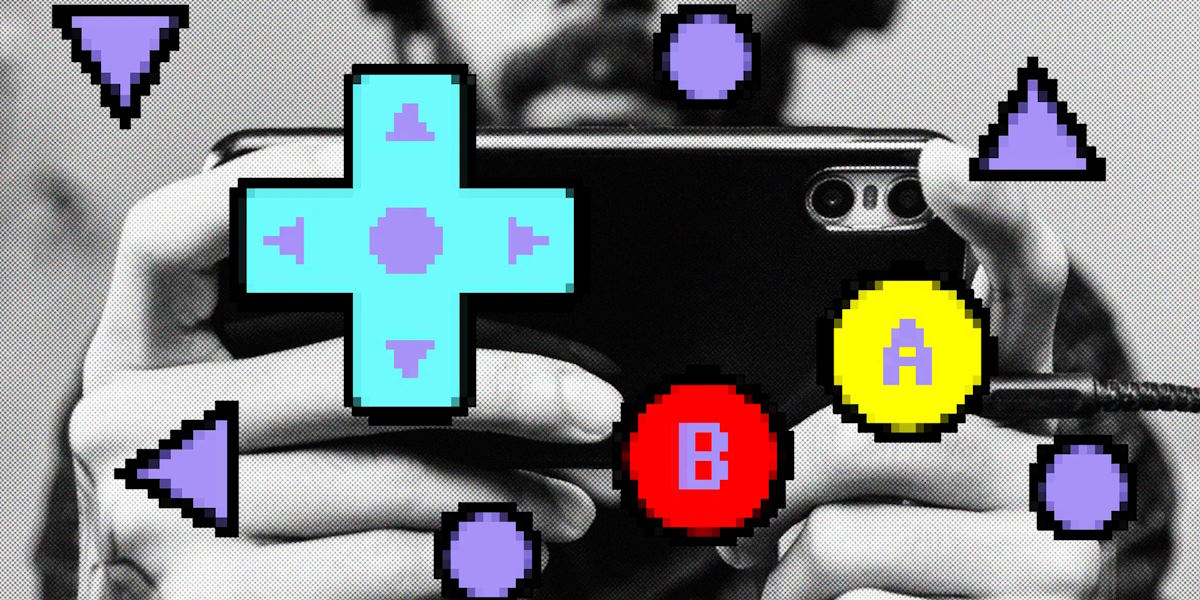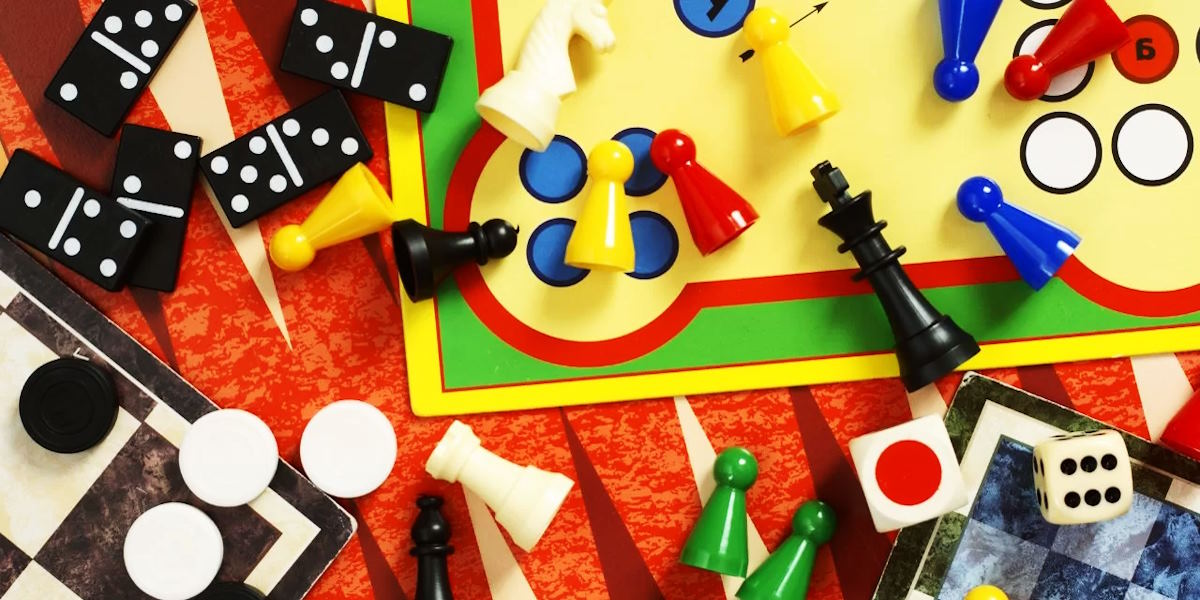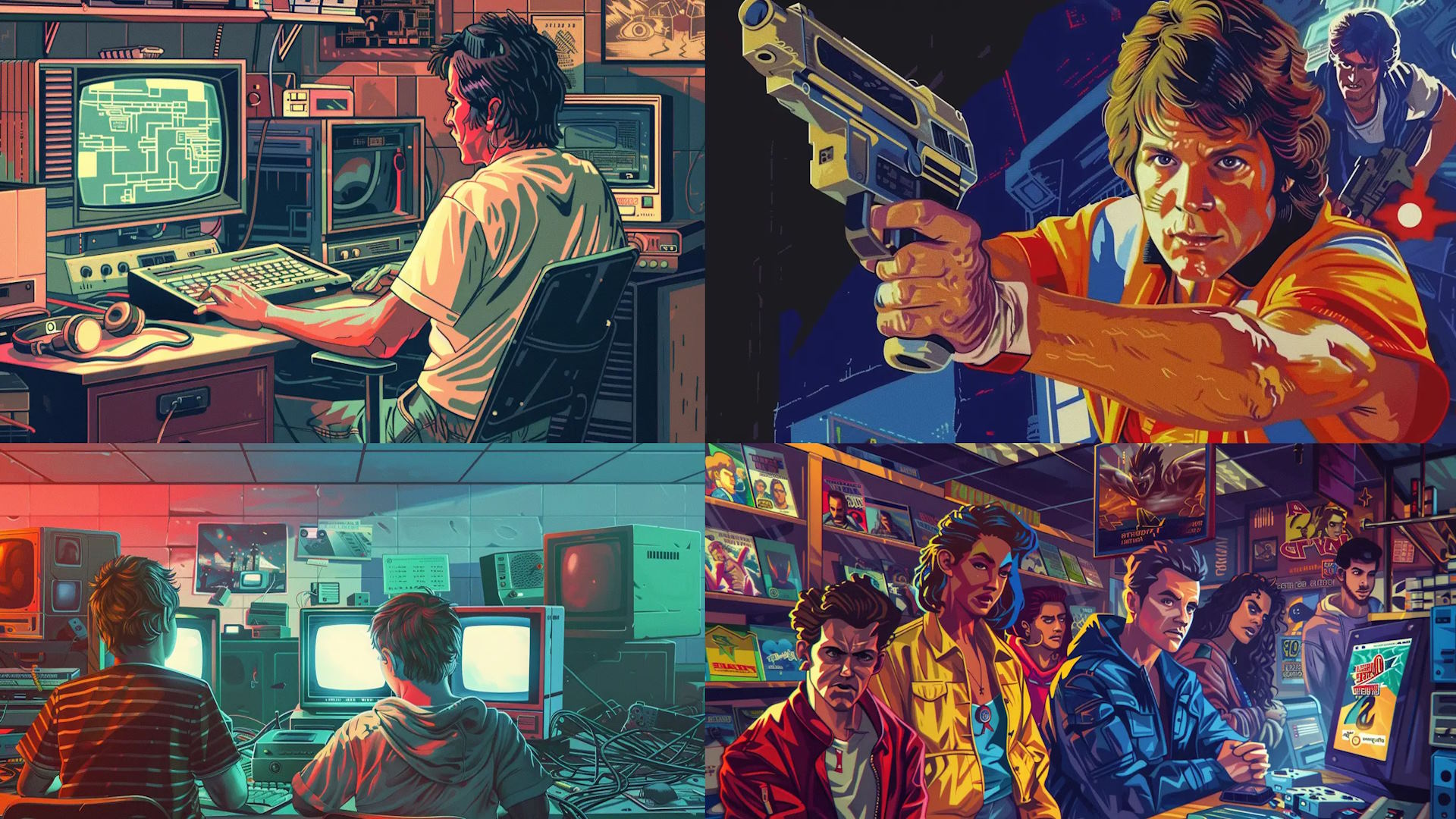Retro games, characterized by their 8-bit and 16-bit graphics, simple mechanics, and engaging gameplay, have left a lasting impact on modern game design. The legacy of these early games can be seen in contemporary titles that draw inspiration from their aesthetics, genres, and gameplay mechanics. This article explores how retro games have influenced modern game design, particularly in the areas of graphics, game genres, and arcade-style gameplay.
Retro Game Genres in the Modern Era
- Platformers and Side-Scrollers
The platformer genre, popularized by games like Super Mario Bros. and Sonic the Hedgehog, continues to thrive in the modern gaming landscape. Many contemporary games, such as Celeste and Shovel Knight, pay homage to these classics by incorporating challenging levels, precise controls, and pixel art styles reminiscent of their predecessors.
- Role-playing games (RPGs)
Retro RPGs, like Final Fantasy and The Legend of Zelda, introduced complex storytelling and character development to video games. Modern RPGs, such as Undertale and Octopath Traveler, often draw on these elements, combining them with updated graphics and mechanics while maintaining the charm and depth of their retro counterparts.
- Puzzle Games
Classic puzzle games like Tetris and Dr. Mario set the standard for addictive, simple-to-learn, yet difficult-to-master gameplay. Modern puzzle games, including Candy Crush and Puyo Puyo Tetris, continue this tradition, often incorporating the straightforward mechanics of their retro predecessors while adding new twists to keep players engaged.

Influence of 8-Bit and 16-Bit Graphics
- Nostalgic Aesthetics
The iconic 8-bit and 16-bit graphics of early video games have made a strong comeback in recent years. Many indie developers use pixel art to evoke nostalgia, creating games that appeal to both older gamers and a new generation. Titles like Stardew Valley and Hyper Light Drifter are prime examples of how these retro graphics have been adapted for modern audiences, blending old-school aesthetics with contemporary gameplay.
- Simplicity in Design
Retro games often relied on simple, clear visual design due to the limitations of early hardware. This simplicity has influenced modern game design, where clean, minimalistic visuals are often favored over hyper-realistic graphics. Games like Fez and VVVVVV use this approach, focusing on gameplay and atmosphere rather than graphical complexity.

Legacy of Arcade Games in Contemporary Design
- High Score Challenges
The competitive nature of arcade games, where players strive to achieve the highest score, has influenced modern gaming, particularly in the mobile and indie game markets. Games like Geometry Dash and Flappy Bird embody this spirit, offering players endless challenges and encouraging repeated play to beat high scores.
- Pick-Up-and-Play Mechanics
Arcade games were designed to be immediately engaging, with easy-to-understand mechanics that allowed players to jump right in. This design philosophy is evident in many modern games, where accessibility and instant gratification are key. Titles such as Super Meat Boy and Cuphead capture the essence of arcade gameplay, blending it with modern difficulty and design sensibilities.
Retro games have profoundly influenced modern game design, from the enduring popularity of classic genres to the resurgence of 8-bit and 16-bit graphics. The legacy of arcade games is also evident in today’s titles, where simple, addictive gameplay continues to captivate players. As developers look to the past for inspiration, the influence of retro games on modern gaming remains as strong as ever, ensuring that the charm and innovation of early games continue to shape the future of the industry.

